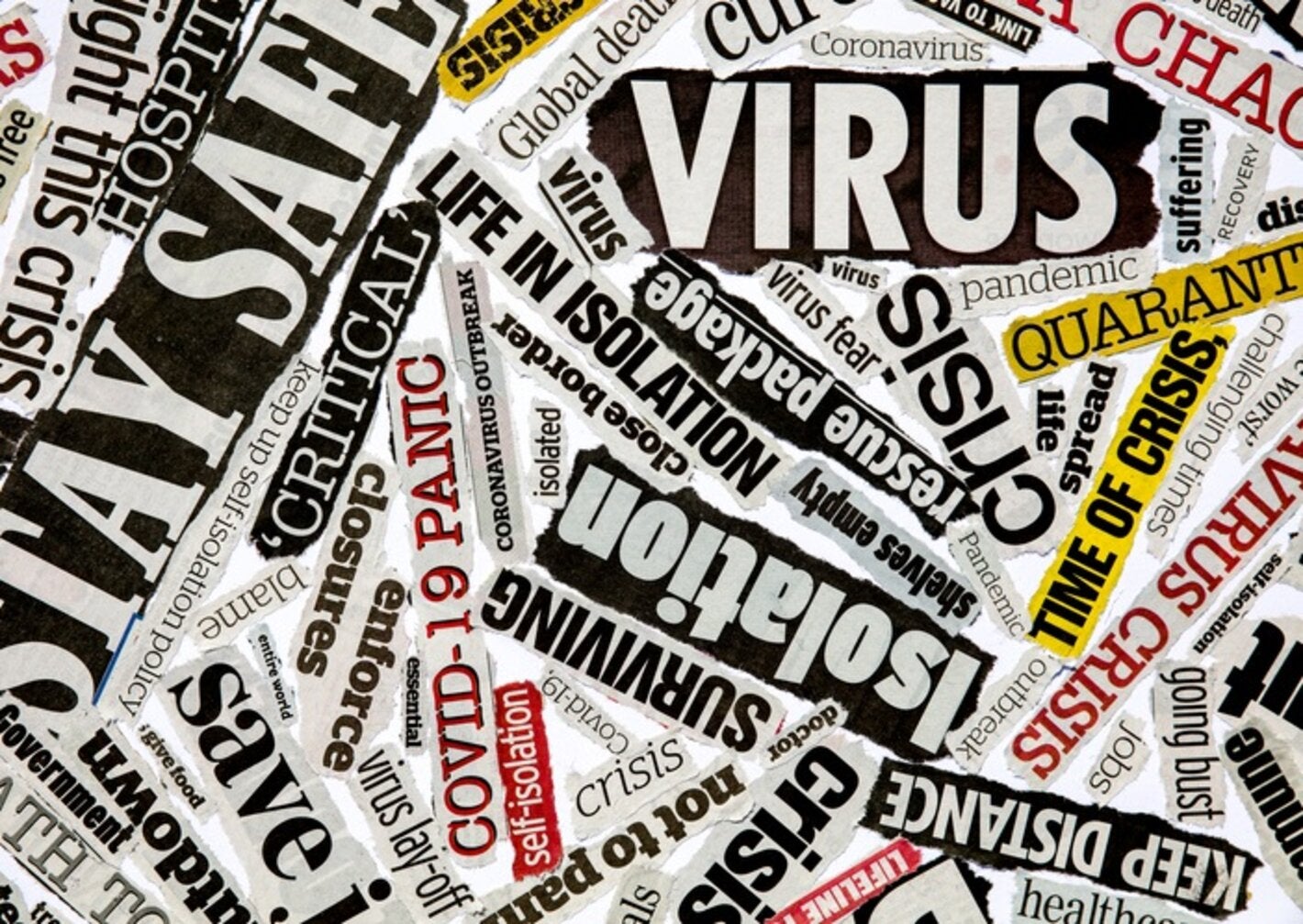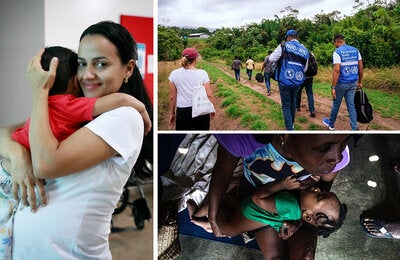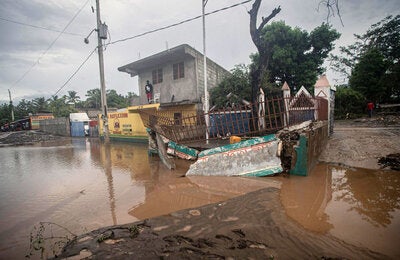
7 December 2020 - With more than 100 vaccines currently in various trial phases and some reaching the pre-approval stage or being authorized for emergency use, accurate science reporting has never been more important. Journalists play a vital role in informing the public on science, specifically vaccine, developments, in an unprecedented period of scientific publishing.
The situation is constantly evolving but there are some general guidelines that should be followed whenever possible.
Don’t just report the topline
Read the full study or report before publishing an article about it. The findings in a study’s summary may not be truly indicative of the full study’s findings. Medical journals are reviewing and publishing reports faster than they normally would, so knowing how to read them critically is crucial to accurately reporting their findings.
Don’t report based only on a press release. Always read the full study or research report.
Don’t trust data automatically
Be aware of and willing to question stakeholders and data collection methodology. Request the raw data where possible and always include the details of the research methods in your reporting.
Use trusted and reliable sources
Reporting is only as good as its sources. Be sure to use expert and knowledgeable sources to inform your stories on COVID-19 and vaccines.
When reporting on a new vaccine or study, consult your country’s science media centre for expert evaluations of the latest developments.
State the source
When reporting on scientific studies, reports, case numbers and vaccines, name the source of the information to show credibility and allow readers to search for more information on the topic.
Define the terms
Although certain scientific words may be used frequently in reporting on COVID-19 and vaccines, it is important to define scientific terms in every article, or link to a glossary of terms that will allow the reader to educate themselves.
Use clear language
Most readers will not be familiar with scientific language. Some terms can be defined within the article but make an effort to frame explanations in simplified terms so that readers across all levels of comprehension will understand.
Explain the stage
Some research may show exciting results based only on a preliminary set of data. Check whether a report or study has been peer reviewed and make sure your writing states which stage it is in. Early-stage research should not be reported as equal to a peer-reviewed paper from a science journal.
Report the numbers
There are dozens of vaccines in various stages of development at any given time. When reporting on a vaccine or study, it’s important to specify the size, numbers tested, and time period of the trial.
Disclose the side effects
No vaccine in history has progressed through clinical trials and pre-approval as fast as the recent COVID-19 vaccines. Clearly stating the possible side effects of any given vaccine will help inform the public and ease their reservations as will reporting on any side effects experienced by participants in a vaccine trial.
Use appropriate imagery
Choice of illustration in articles about vaccines is important. Vaccines are not something to fear, so avoid such visuals as crying babies, anxious-looking patients and oversized needles. Ensure that illustrations represent all readers by showing a range of people working on, administering and receiving vaccines.
Don’t forget demographics
Not every vaccine will be equally effective across all populations. When reporting on the efficacy of a vaccine in clinical trials, note the demographics of the participants in the trial. This information can usually be found in Table 1 of reported studies.
Remind everyone of the benefits of vaccines
Reporting on potentially effective COVID-19 vaccines is vital for informing those who already plan to be vaccinated, but with misinformation rife during the pandemic, don’t forget to inform readers of the importance of all vaccines.
Tackle vaccine hesitancy by reporting facts and figures on vaccine efficacy in ending epidemics throughout history.
Further resources:
- PAHO's page on COVID-19 vaccines compiles resources including frequently asked questions, myths and planning documents for the introdution of the vaccines in the countries of the Americas.
- WHO’s new COVID-19 vaccines page includes WHO news and resources, explainers on key topics, and answers to frequently asked questions.
- Pan American Health Organization (PAHO): COVID-19, An Informative Guide: Advice for Journalists
- WHO situation reports: The Weekly Epidemiological Update provides an overview of the global, regional and country-level COVID-19 cases and deaths, highlighting key data and trends, as well as other pertinent epidemiological information concerning the COVID-19 pandemic.
- Journalism in a Pandemic: Covering COVID-19 Now and in the Future is a free, self-directed online course produced by the Knight Center for Journalism in the Americas in collaboration with WHO, UNESCO, and UNDP; it includes a module on COVID-19 treatment and vaccine issues.
- A database of expert sources on COVID-19 for journalists to contact for up-to-date information on the outbreak. This includes governmental departments and agencies for some of the worst-affected countries, as well as regional and global health organizations.



